Effective hairstyles
How to increase the effectiveness of protection against head lice?
Hairstyle guide
Tying hair, pinning into a ponytail, bun or a braid, makes it difficult for parasites to spread and limits the risk of head lice infestations. Find out the best hairstyles to prevent lice infestation by using Nitolic® prevent hair bands.
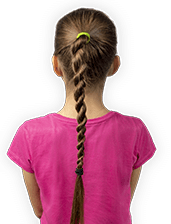
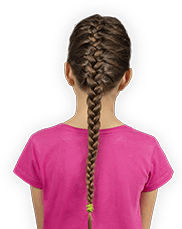
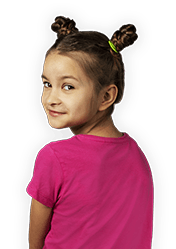
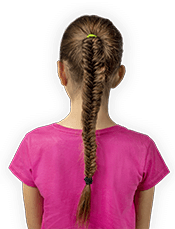

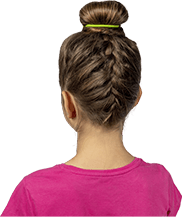
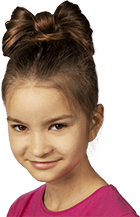
Tying hair makes it difficult for parasites to spread and limits the risk of head lice infestations.